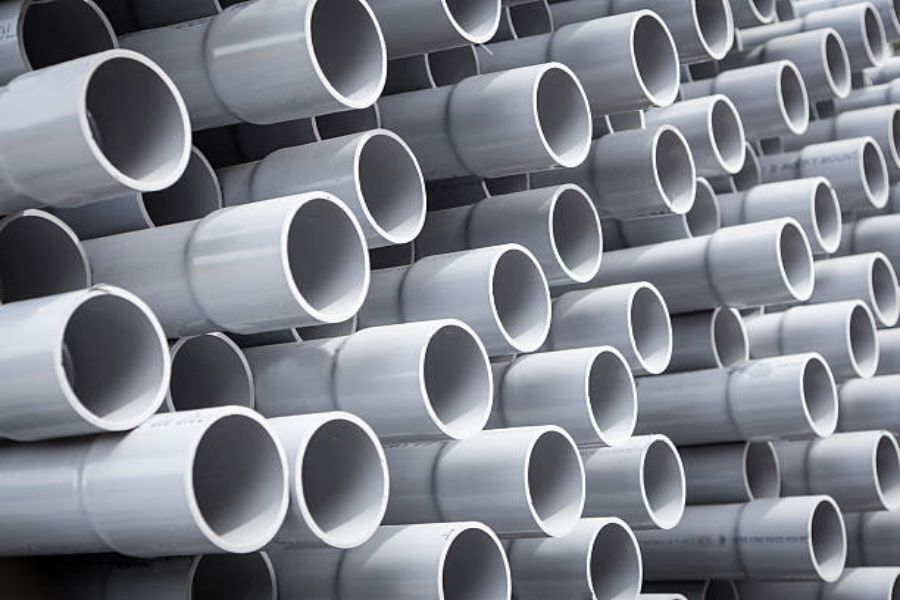Introduction
Plastic storm drain pipes have become increasingly popular in recent years due to their durability, cost-effectiveness, and environmental friendliness. These pipes are designed to efficiently manage stormwater and prevent flooding in urban areas. In this article, we will explore the various advantages of using plastic storm drain pipes and how they contribute to effective water management.
Durability and Longevity
One of the key benefits of plastic storm drain pipes is their exceptional durability. Made from high-density polyethylene (HDPE) or polyvinyl chloride (PVC), these pipes are resistant to corrosion, rust, and chemical damage. This ensures they can withstand harsh weather conditions, heavy rainfall, and exposure to various substances without deteriorating. As a result, plastic storm drain pipes have a longer lifespan compared to traditional metal or concrete pipes, reducing the need for frequent replacements and maintenance.
Cost-Effectiveness
Plastic storm drain pipes offer significant cost advantages over other pipe materials. Firstly, the manufacturing process of plastic pipes is less expensive than that of metal or concrete pipes, leading to lower production costs. Additionally, plastic pipes are lightweight, making transportation and installation easier and less costly. The reduced weight also means less labor is required during installation, further reducing overall project expenses. Furthermore, the durability of plastic storm drain pipes eliminates the need for frequent repairs or replacements, resulting in long-term cost savings.
Easy Installation
Installing plastic storm drain pipes is a straightforward process, thanks to their lightweight and flexible nature. These pipes can be easily transported to the construction site and maneuvered into place, reducing the time and effort required for installation. Furthermore, plastic pipes can be joined together using various techniques such as solvent welding or mechanical couplings, making it simple to create a watertight and secure drainage system. This ease of installation makes plastic storm drain pipes an attractive choice for construction projects with tight deadlines.
Resistance to Chemicals and Corrosion
Plastic storm drain pipes are highly resistant to chemicals, ensuring the integrity of the drainage system even in environments with high levels of corrosive substances. Unlike metal pipes, plastic pipes do not corrode when exposed to acidic or alkaline substances, making them suitable for a wide range of applications. This resistance to corrosion also extends the lifespan of plastic storm drain pipes, reducing the need for premature replacements and minimizing maintenance costs.
Eco-Friendliness
As the world becomes more environmentally conscious, the use of plastic storm drain pipes offers a sustainable solution for effective water management. Plastic pipes can be manufactured from recycled materials, reducing the demand for virgin resources and minimizing environmental impact. Additionally, the lightweight nature of plastic pipes reduces fuel consumption during transportation, further contributing to carbon footprint reduction. When it comes to the end of their life cycle, plastic storm drain pipes can be recycled, promoting a circular economy and minimizing waste.
Flexibility and Adaptability
Plastic storm drain pipes are known for their flexibility, which allows them to adapt to the changing landscape and ground movement. Unlike rigid materials such as concrete or metal, plastic pipes can withstand ground settlement and minor shifts without cracking or breaking. This flexibility ensures the integrity of the drainage system, preventing leaks and minimizing the risk of water damage. Additionally, plastic pipes can be easily cut or reshaped on-site, allowing for customization and adaptation to specific project requirements.
Low Maintenance
Due to their resistance to corrosion and chemical damage, plastic storm drain pipes require minimal maintenance throughout their lifespan. Unlike metal pipes that may require regular inspections and cleaning, plastic pipes can function effectively with little to no intervention. This low maintenance requirement saves both time and money for property owners and municipalities, making plastic storm drain pipes a cost-effective choice for long-term water management solutions.
Noise Reduction
Plastic storm drain pipes offer the added benefit of noise reduction compared to other pipe materials such as metal or concrete. The smooth interior surface of plastic pipes minimizes the flow turbulence and water velocity, resulting in quieter drainage systems. This is particularly beneficial in urban areas where excessive noise from stormwater runoff can be a nuisance for residents. By choosing plastic storm drain pipes, noise pollution can be significantly reduced, enhancing the overall livability and comfort of the surrounding environment.
Recyclability and Sustainability
Plastic storm drain pipes are not only durable and cost-effective but also highly recyclable. At the end of their useful life, these pipes can be collected, processed, and transformed into new plastic products, contributing to a circular economy. Recycling plastic storm drain pipes reduces the need for virgin materials and minimizes waste generation, making them an environmentally friendly choice. By embracing the use of recyclable materials, we can create a sustainable future for water management systems.
Conclusion
Plastic storm drain pipes provide numerous benefits that make them an excellent choice for effective water management. Their durability, cost-effectiveness, easy installation, resistance to chemicals and corrosion, eco-friendliness, flexibility, low maintenance, noise reduction, and recyclability make them a superior alternative to traditional pipe materials. By utilizing plastic storm drain pipes, we can ensure efficient stormwater management, prevent flooding, and contribute to a more sustainable and resilient future.

